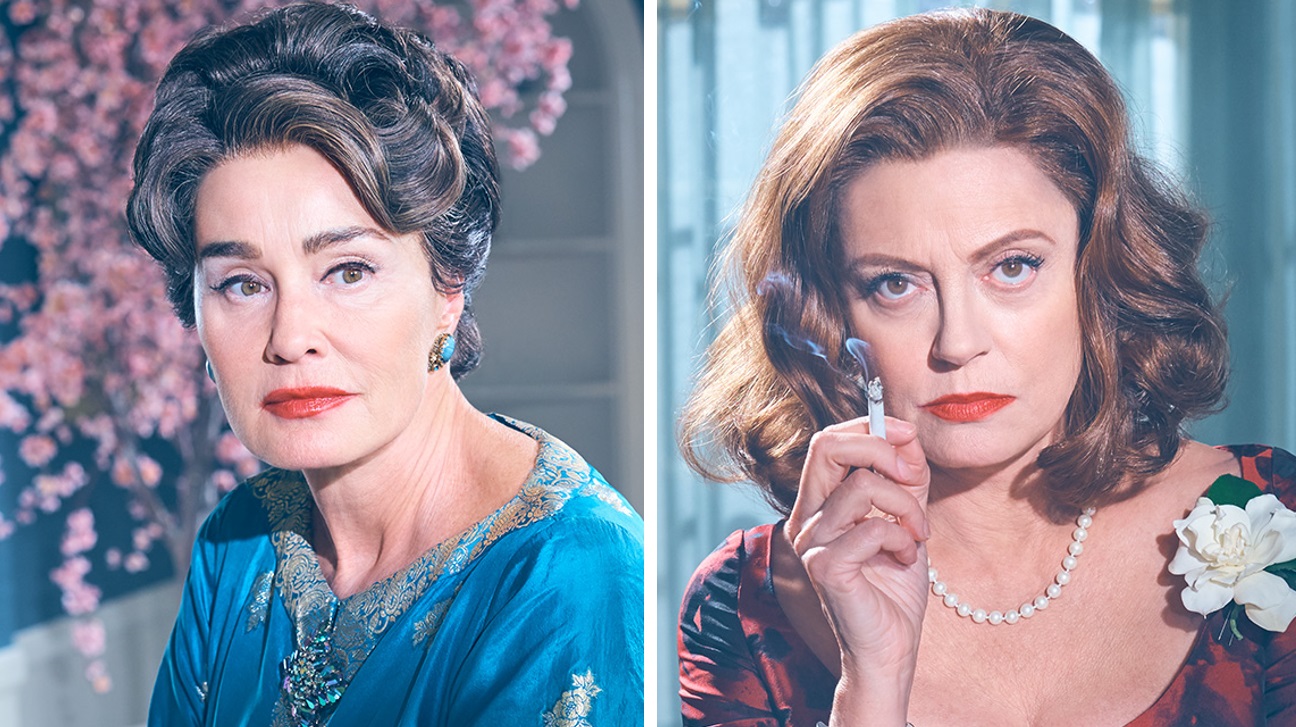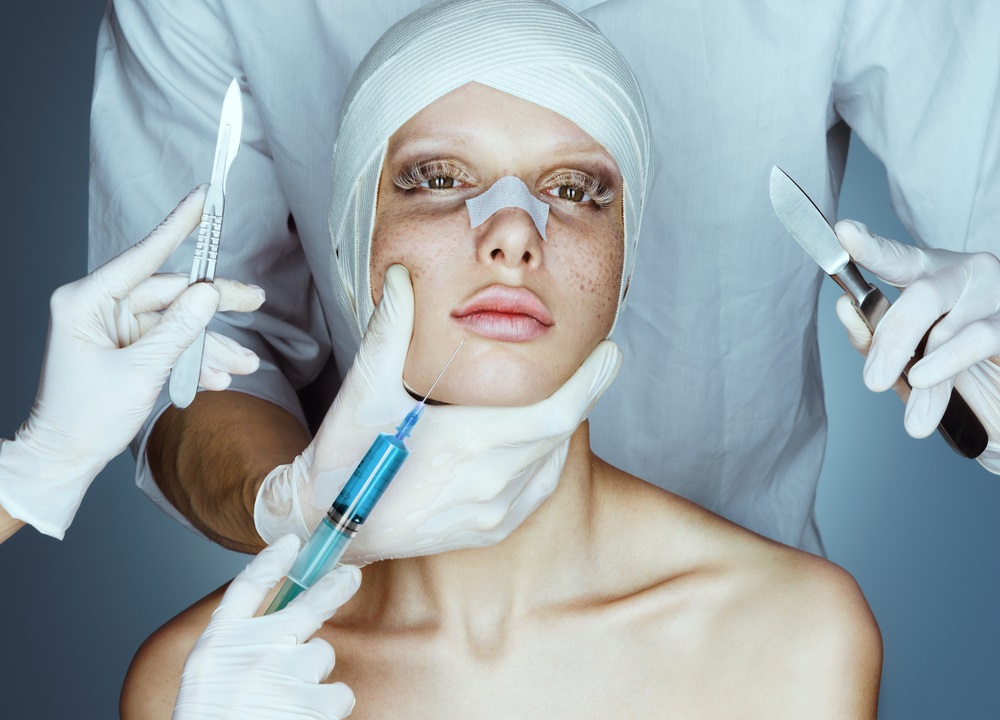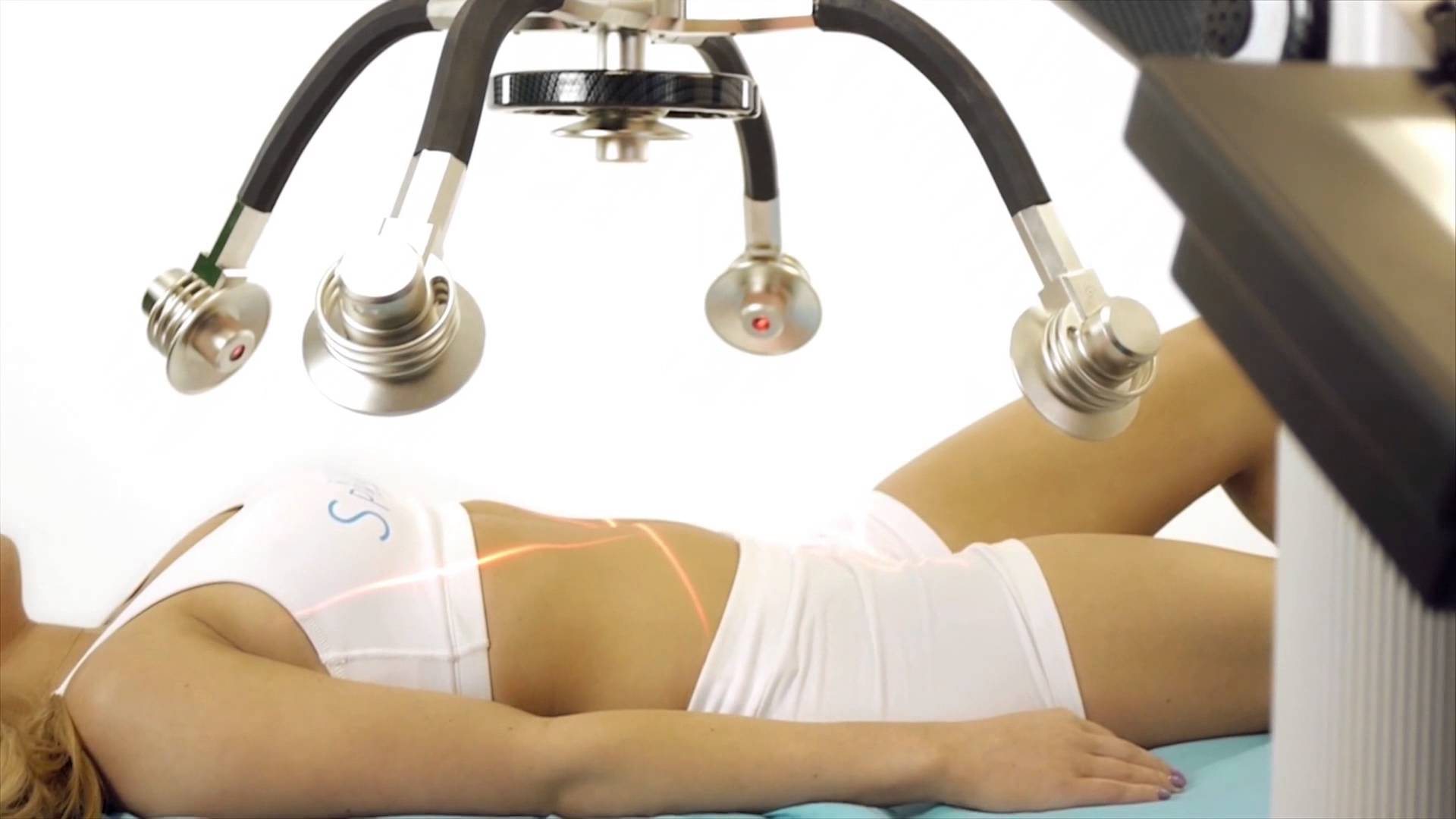Susan Sarandon and Jessica Lange portray Bette Davis and Joan Crawford in Feud: Bette and Joan, executive producer Ryan Murphy’s newest series premiering on March 5th, raising questions on how little has changed for aging actresses in Hollywood.
Executive producer Ryan Murphy has had much success with FX’s American Horror Story and The People vs. OJ Simpson: American Crime Story. His latest project for FX, due out this month, is Feud: Bette and Joan, which tells the real life tale behind two of Hollywood’s grand divas, Bette Davis and Joan Crawford.
The eight-part limited series stars Susan Sarandon and Jessica Lange in the title roles and takes place in the early 1960s, when the two aging actresses were making the iconic horror film, What Ever Happened to Baby Jane? Both Davis and Crawford had hoped the film would revive their careers, as older actresses had difficulty getting roles at that time.
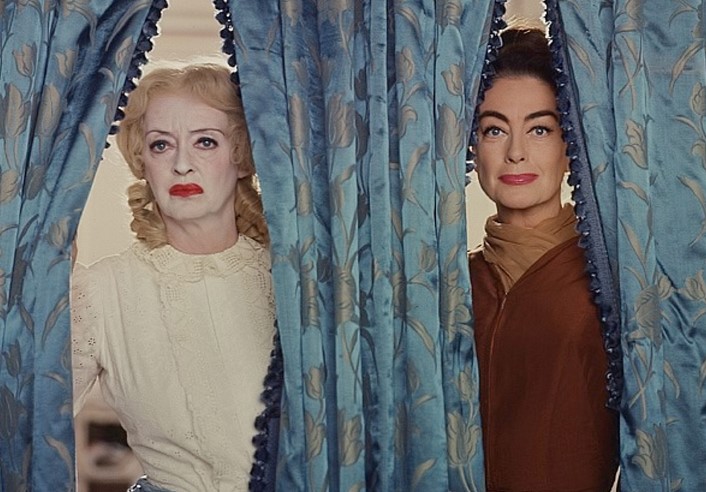
“Even though it’s set in 1962, the themes and issues in the show are so modern. Women are still going through this sort of stuff today, the same as they were 50 years ago,” said Murphy at the recent Television Critics Press Tour. “Nothing has really changed, so we really wanted to lean into that aspect of the show.”
Murphy believes it’s “human nature” to romanticize the past.
“I certainly did it growing up. I thought those two women led such charmed lives. But the deeper we got into the material, the more painful it became, and I thought we had an obligation to… to talk about the tragedy of their lives. I really felt they were mistreated at the end.”
“The last movie Joan Crawford did was Trog,” Murphy notes. “She acted a role opposite a man with an ape head on. And Bette Davis, in that period, did eight television pilots that never were picked up. So the pain of that, the desperation of that, that idea that you as a human being have so much more to offer, that you still love what you do so much but you’re not being given the opportunity, that’s what I was really moved by.”
Murphy says he really wanted to get Davis’ look down right, and did an enormous amount of research for the series. He had also met Davis, and formed his own impressions after spending time with her.
“In Baby Jane she wanted to look like one of those women who she’d see in Hollywood at her bank, who hadn’t washed their face for 20 years so every day just put on another layer of white Kabuki paint instead. She told me that. That was the inspiration behind her character, and Joan was horrified because Joan believed she was making, I think, something a little bit more real. And then Bette comes out with this Kabuki look, which was a very brave choice that ultimately worked.”
About that makeup, Sarandon says, “You can hide behind that kind of makeup. It’s kind of cool. Apparently, some people thought I had gone goth after some of the pictures leaked.”
While Davis didn’t get the Academy Award nomination for the film, Crawford did.
“Bette saw it – and probably rightly so – as her last chance to get good roles. Part of the interesting dynamic is that Joan was the beautiful one, so that was difficult. Bette went more towards the character actor. So in a way her base was broader and she could continue acting. But how was she going to get any more big parts, because they just didn’t exist? She was counting on that Academy Award to revive things. And when she didn’t get it, [her friend, actress Olivia De Havilland] said to her, “Well, don’t worry. The next time.” And Bette replied saying, “Oh yeah? How? What film? How is that possibly going to happen?’”
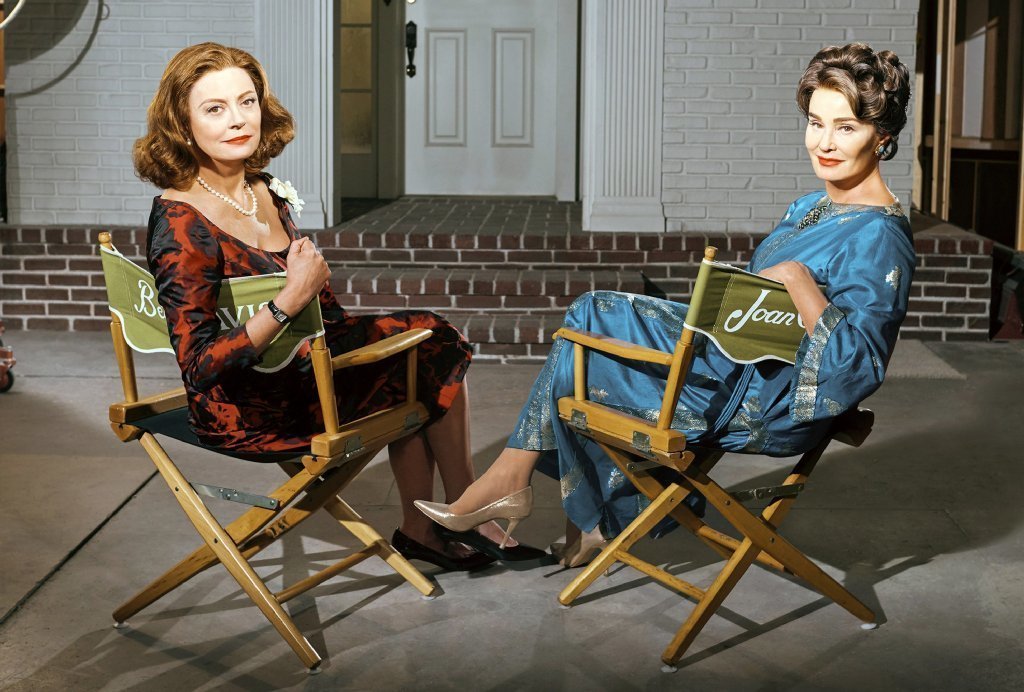
Aging in Hollywood
Sarandon says she’s noticed a bit of change within Hollywood. Even for actresses who aren’t trying to do “youthful glamour parts,” the challenge is in finding good stories.
“When I started, you were over by 40,” says Sarandon. “So definitely, the line has been pushed. And also, you weren’t supposed to have children. I was told on many occasions not to bring up that you had children, because in some way that would cut into this idea that you weren’t sexy or sensual or whatever. I think those things have changed, and you see the line being moved a little bit further.”
Lange, on the other hand, believes Hollywood “hasn’t changed that much.”
“That’s a big part of this show,” says Lange, who plays Crawford. “What Hollywood does to women as they age is just a microcosm of what happens to women generally as they age. Whether you want to say they become invisible, or they become unattractive or they become undesirable, or whatever it is. I think with this film we’ve touched on that in a very profound way. Joan was 10 years younger when this takes place than I am now, and yet her career was finished because of her age. What we’ve tried to do is really investigate what that does to a woman.”
What Hollywood does to women as they age is just a microcosm of what happens to women generally as they age.
Jessica Lange
Continues Lange: “It’s like that great Amy Schumer thing, ‘Your last fuckable day in Hollywood.’ I don’t know if you’ve ever seen it, but what we’re talking about especially applies to Joan, who was known for her tremendous beauty. What happens when that beauty is no longer considered viable because it’s equated with youth, because a woman at a certain age can no longer be considered beautiful? So what we tried to do is not just see it in the overall view of Hollywood, but what happens to women in general as they age and become considered less than important.”
“It’s not necessarily a question of age or looks,” adds Lange, “but more about who is interested in these stories? Because if the powers-that-be don’t find anything viable or interesting in a story about a woman of a certain age, those films aren’t going to be made.”
Watch the series premiere of Feud: Bette and Joan on FX, Sunday March 5
Sarandon to Present Biopic on the Life and Times of the “Most Beautiful Woman in Hollywood”
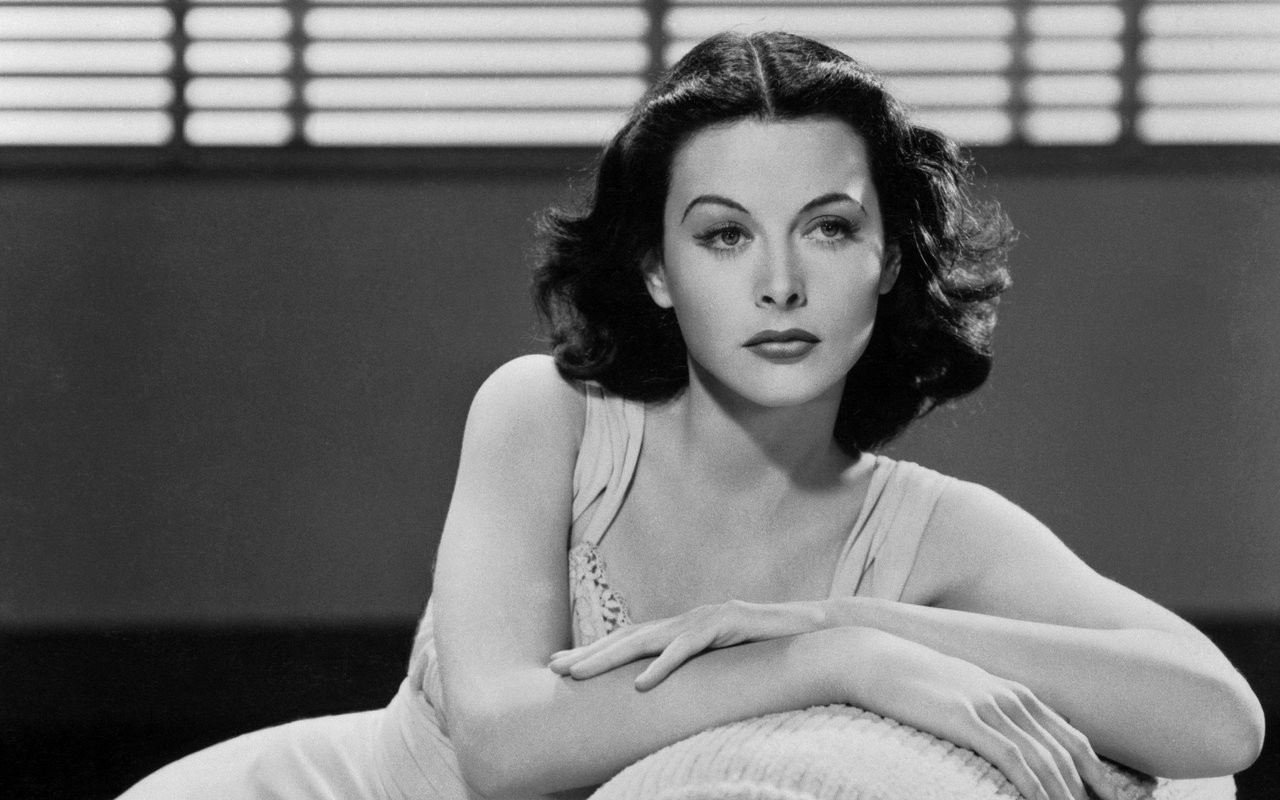
Susan Sarandon has just completed work on a documentary about the equally famous actress, Hedy Lamarr, which will be screened at the upcoming Tribeca Film Festival.
“Hedy was the most beautiful woman in the world and by 40 was already considered a has-been,” says Sarandon.
“Your face is up there on screen so large. When they cast women in their thirties with men in their sixties, you really see how the roles have started to dwindle,” Sarandon acknowledged.
Hedy had really bad plastic surgery. “At that time of course, they hadn’t quite figured it out and she became a recluse… she couldn’t go out. This was this gorgeous woman with so many husbands, who was really smart…”
Even as a young woman, Hedy was interested in keeping her good looks. In Richard Rhodes’ book, Hedy’s Folly: The Life and Breakthrough Inventions of Hedy Lamarr, the Most Beautiful Woman in the World, he writes how Lamarr met George Antheil, a composer renowned in both classical and avant-garde music circles, who wrote numerous film scores for many well known filmmakers.
Antheil also wrote a series of articles for Esquire magazine, one of which, “The Glandbook for a Questing Male,” mentioned that a woman’s healthy pituitary gland might enhance the size and shape of her breasts. Lamarr was taken with the idea and after meeting Antheil asked him for advice on enlarging her bust without surgery.
Later in life, she took to plastic surgery in the extreme, showing signs of body dysmorphic disorder. In a television documentary, “Calling Hedy Lamarr,” the actress’ son, Anthony, was interviewed. “She tried to stay beautiful by getting plastic surgery when it first started,” he said. “But to me she turned out to be a Frankenstein. Her cheeks were distorted, her lips… To me, had she done nothing she could have grown old gracefully. The dream she stepped out of had turned into a nightmare.”
In the book, Hedy Lamarr: The Most Beautiful Woman in Film by Ruth Barton, it’s mentioned how in her later years Lamarr would spend long hours on the phone, rather than meet people face-to-face after her botched plastic surgery.
In addition to acting, Lamarr was also a groundbreaking inventor. Among the many things she worked on was an anti-wrinkle technique that operated on the same principles as the accordion.





